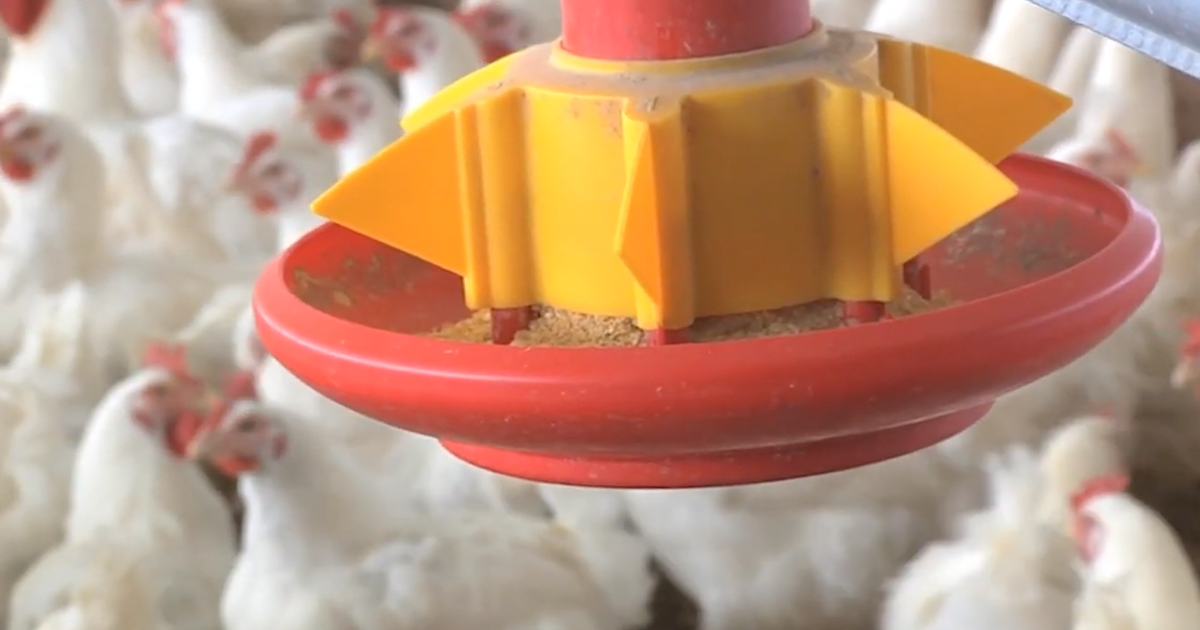
Atlanta, GA |
Peanuts have long been a staple crop in the Southeast, most famously as a favorite snack. But now, researchers are exploring a new use for this historic commodity—poultry feed. By tapping into peanuts’ nutritional value, scientists hope to create more sustainable and enriched poultry products using resources grown right here in Georgia.
“This research looks at the value-added utilization of using alternative poultry feed ingredients,” says Dr. Ondulla Toomer, Research Chemist with the USDA Agricultural Research Service. “We’re aiming to produce more nutritionally enriched, premium quality poultry meat and products for human consumption—and to do so sustainably using agricultural resources that are prevalent in the Southeast.”
For decades, soybean meal has served as the go-to protein source in poultry diets. But according to Dr. Toomer, peanuts may be a better fit, especially for producers already growing them on their own land.
“Peanuts and soybeans are sister legumes and nutritionally they’re very similar,” she explains. “But peanuts have very low anti-nutritional factors. Most of our poultry producers are also peanut producers. So why import soybean meal from the Midwest or South America when you can grow and use what’s already in your fields?”
The benefits of peanuts in poultry feed extend far beyond sustainability. Research suggests the switch could also improve the quality of the final product.
“Not only do you produce the same number of eggs—or in some cases, more—but the poultry meat is nutritionally enriched and naturally produced, without synthetic pigments,” Toomer says. “When you feed unblanched, high-oleic peanuts to broilers, the chicken breast becomes enriched with unsaturated fats and contains less saturated fat than conventional chicken. Plus, the skin has a beautiful golden color that consumers prefer.”
For Georgia’s peanut industry, which has faced tough times in recent years due to falling commodity prices and export challenges, this new potential market comes at a crucial time.
“Particularly in the last couple of years, we’ve seen real challenges—especially in the export market,” says Donald Chase, Vice Chairman of the Georgia Peanut Commission. “We’re working to diversify research into new uses. This opportunity makes sense for Georgia—we’re number one in peanuts and number one in poultry. If poultry companies can utilize some of these high-oleic peanuts, then we’ve got a new market for Georgia-grown peanuts.”
By: John Holcomb
